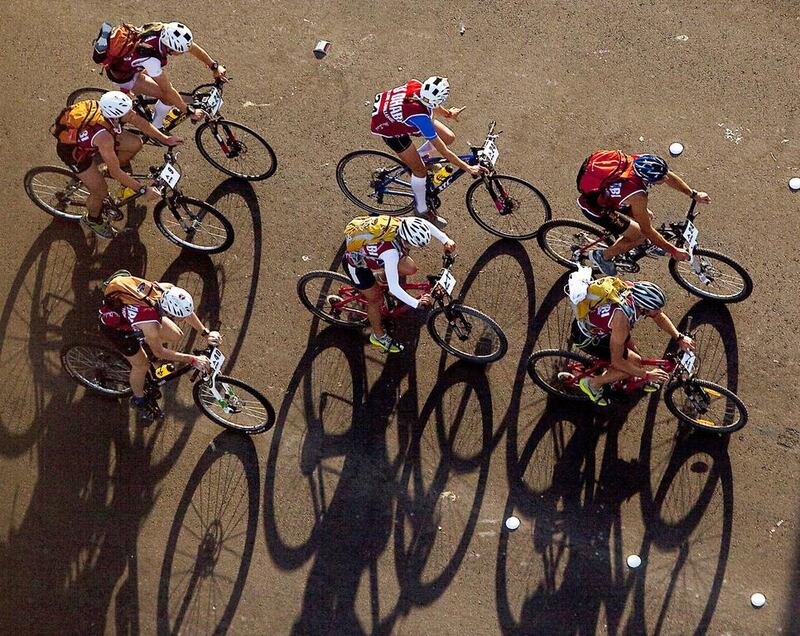Istanbul's historic mosques and modern office towers often overlook a sea of traffic, as both population and car ownership rise rapidly in Turkey's largest metropolis. Given the city's perennial congestion, cycling could be an appealing alternative and the master plan for Istanbul calls for 1,004 kilometres of new bike paths by 2023.
But cyclists say the biggest deterrents are the limited infrastructure in Istanbul, a sprawling city of 15 million people, and the attitude of the general public, especially car drivers. They say that most of what’s been created in the city thus far runs along seaside routes used mainly for leisure, and requires cyclists to share space with pedestrians. New bike-share facilities are also largely limited to recreational areas, and public-transportation integration remains problematic.
Improving the situation for Istanbul’s cyclists poses a bit of a circular conundrum: in order to become a more bike-friendly city, the number of cyclists needs to grow to the point where their demands – and presence on the streets – cannot be ignored. But few will want to ride in the city until it’s safer for and more hospitable to cyclists.
Even so, there are encouraging signs of a growing cycling culture. The Cyclists’ Association, established in Istanbul in 2008, now has dozens of chapters around the country. They advocate safer places to ride, organise bike tours and conduct educational outreach. EMBARQ Turkey, the local branch of an international non-profit initiative, is working with universities and government officials in six cities including Istanbul, to plan new cycling corridors based on users’ needs and global best practice. And bike shops are cropping up around Istanbul, with many serving as information hubs on riding here.
But there is lots still to do, as Engin Ertekin of the volunteer-led Cyclists’ Transport Platform, points out. Most people think a bike is a children’s toy or for a seaside weekend, he laments. “They’re not used to seeing cyclists on the main roads.”
This makes cycling a risky business. Drivers frequently fail to check for bicycle traffic before pulling over or opening car doors, says Serkan Yıldırım, who uses a helmet cam to film the more harrowing aspects of his daily bike commute.
The city has found it difficult to get everyone to agree on the need to improve biking infrastructure. Two years ago, the municipality established a bike lane along a stretch of Bagdat Caddesi, a major high street. It had to be removed within 24 hours, following complaints from residents and shop owners used to parking their cars in the space.
More successful, however, has been the development of Turkish bicycle brands. This, and the increased sales of foreign bike brands, may indicate the beginnings of a cycling culture. This is a huge improvement on the drought of bike products just 10 years ago. Keen cyclist Soner Sarıhan, who has ridden across 24 countries with his wife and young son, says that back then he couldn’t even find a touring bag.
Things are changing and cyclists say it will accelerate if there are lower taxes on bicycles, if companies provide changing areas for workers who commute by bike and if there is much more promotion of cycling through the media and pop culture.
Social media is already playing an important role. With more people sharing photos of themselves riding bikes on Instagram and other services, Gökhan Kutluer, a bike blogger and editor of the forthcoming Cyclist Turkey magazine, says the “happy” effect may be infectious. “Seeing how happy people are may give others the motivation to buy a bike as well.”
But most crucial of all has been the attempt to make bikes more visible on the streets. The Cyclists’ Transport Platform organises monthly rides of up to 300 cyclists through different Istanbul districts. The attempt is to show that cyclists have a right to the streets, just the same as cars, and want to share and share alike. If that detente can be achieved in congested, hectic Istanbul, it’s surely possible just about anywhere.
Jennifer Hattam is an Istanbul-based journalist who writes frequently about environmental and urban issues





